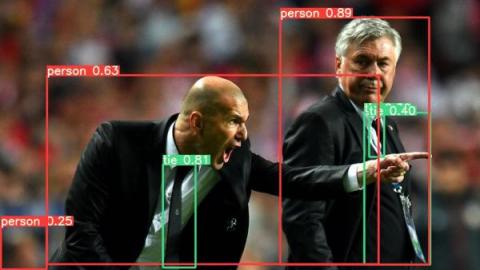How ClearML Helps Daupler Optimize Their MLOps
We recently had a chance to catch up with Heather Grebe, Senior Data Scientist at Daupler, which offers Daupler RMS, a 311 response management system, used by more than 200 cities and service organizations across North America and internationally. This platform helps utilities, public works, and other service organizations coordinate and document response efforts while reducing workload and collecting insights into response operations.










